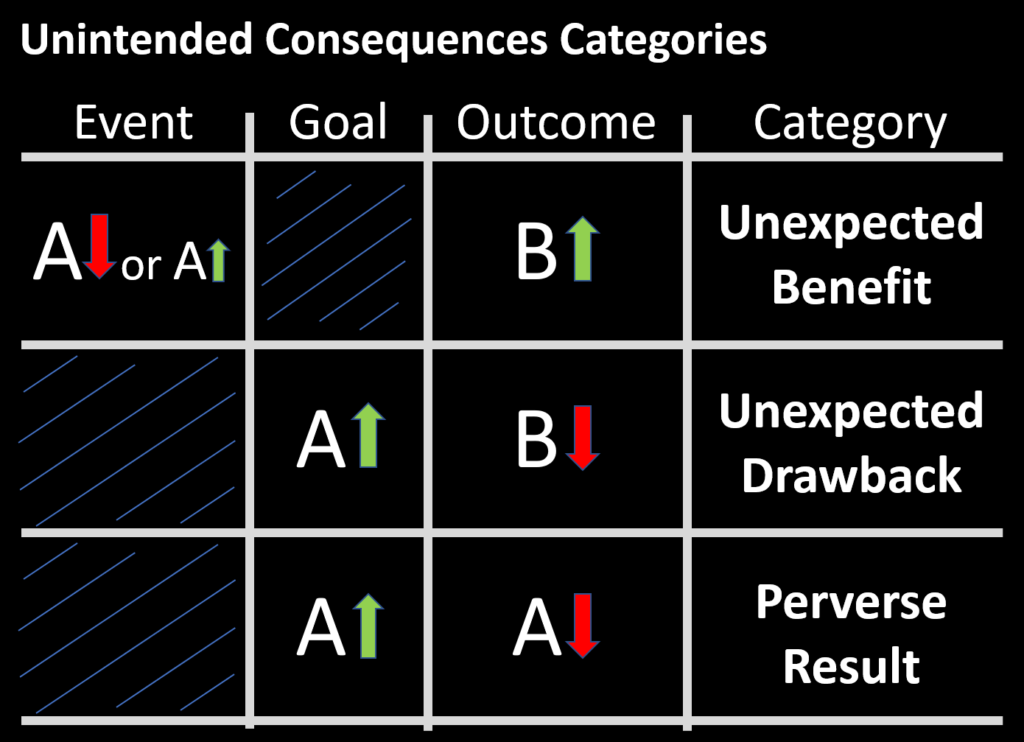One of the themes of these posts is that we unintended consequences of a change come from the way it scales.
It is also superficially easier to judge events as at risk of unintended consequences (easier, not more accurate) when there is an image — a snapshot — that represents risk.
So what are causes of difficulty when we make judgments? I’ll go into some examples.
After two back-to-back mass shootings in the US, astrophysicist Neil deGrasse Tyson tweeted something seemingly logical yet awful (shown later in post). Interestingly, people took offense and attacked him for the apparent logic (he later apologized). His offense: insensitively calling out and comparing the magnitude of different causes of death.
But the problem with Tyson’s tweet wasn’t that at all. Continue reading “Selecting the Scalable Snapshot”
